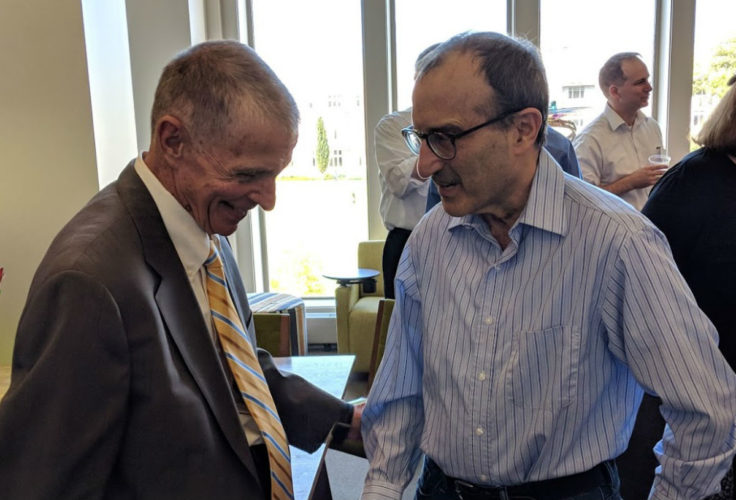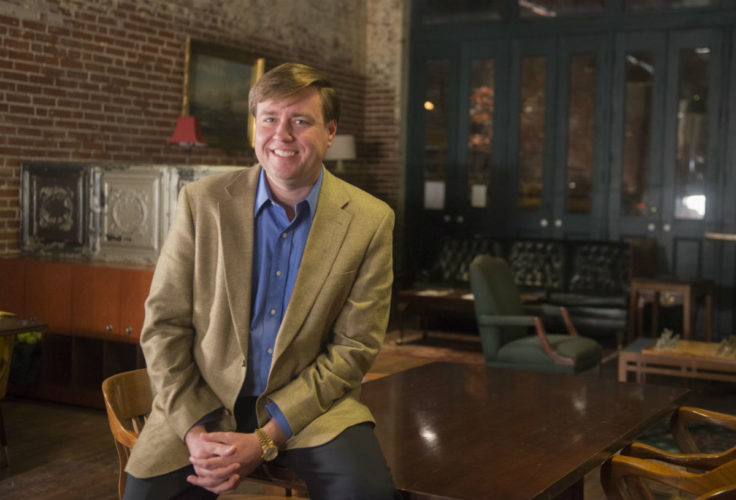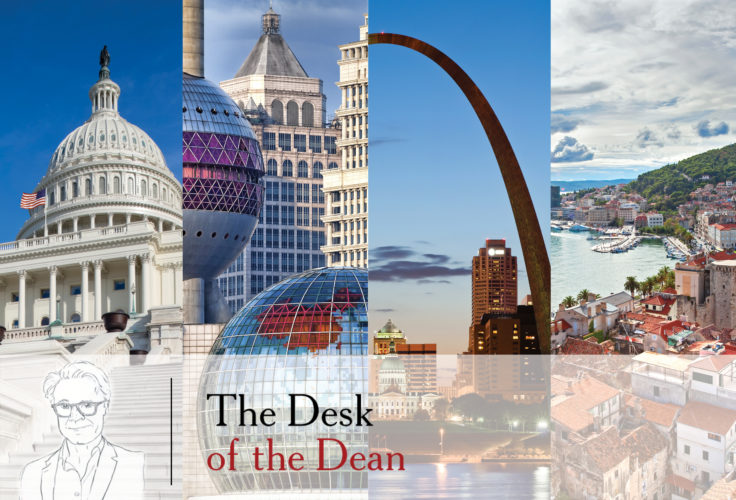Brant Tagalo, BSBA ’20, contributed this post on behalf of Olin’s Center for Experiential Learning. Lexi Bainnson, BSBA ’21, edited and formatted this CEL blog post.
In October, the Center for Experiential Learning sent a team of student-consultants to Quito, Ecuador, to advise the innovation and entrepreneurship department of ConQuito: The Agency of Economic Promotion.
The startup or incubation ecosystem is a complex and unpredictable environment that fuels technological progress, the ecosystem in which the seeds of the most innovative and revolutionary technologies are planted and cultivated. The opportunity to step into and examine this environment has been—so far—the highlight of my academic career.
 Entering the landmark historical building in which ConQuito operates, the team was welcomed by ConQuito members to their impressive co-working space. Designed with the vision of merging the past with the future—the historical significance of the building and ConQuito’s efforts to engender a culture of innovation and entrepreneurship—the co-working space symbolizes ConQuito’s goal to cultivate the seeds of innovation to pave the way to economical improvement in Ecuador. Our client ConQuito is a pioneer of promoting innovative and entrepreneurial activities that stimulate the economy.
Entering the landmark historical building in which ConQuito operates, the team was welcomed by ConQuito members to their impressive co-working space. Designed with the vision of merging the past with the future—the historical significance of the building and ConQuito’s efforts to engender a culture of innovation and entrepreneurship—the co-working space symbolizes ConQuito’s goal to cultivate the seeds of innovation to pave the way to economical improvement in Ecuador. Our client ConQuito is a pioneer of promoting innovative and entrepreneurial activities that stimulate the economy.
Working with a team of welcoming, collaborative, and dedicated professionals has served to increase the team’s motivation and interest in this project. The team’s objective is to provide the innovation and entrepreneurship department of ConQuito with a recommendation that optimizes the strategy for fostering a culture of innovation, ingenuity and progress.
The CEL practicum is the culmination and application of all the business concepts I have learned in Olin Business School. The experiential value of a real-world consulting project has shaped my future career aspirations. It has given me the assurance that I want to pursue a career in consulting.
Pictured above: Enrique Crespo, director of innovation, ConQuito (the CEL client); David Paquette, MBA ’19; Stephanie Feit, MBA ’19; Brant Tagalo, BSBA ’20; Mimi Wang, MBA ’19; Laini Cassis, MBA ’19.









